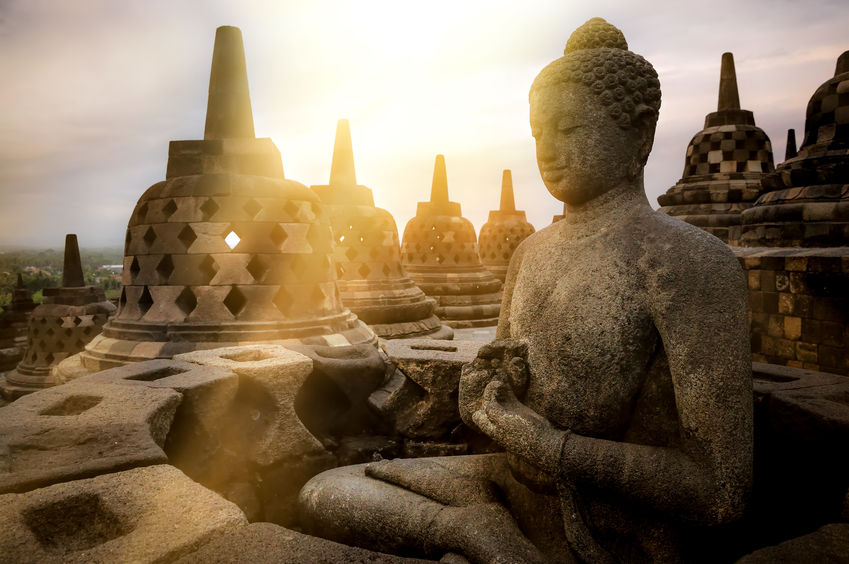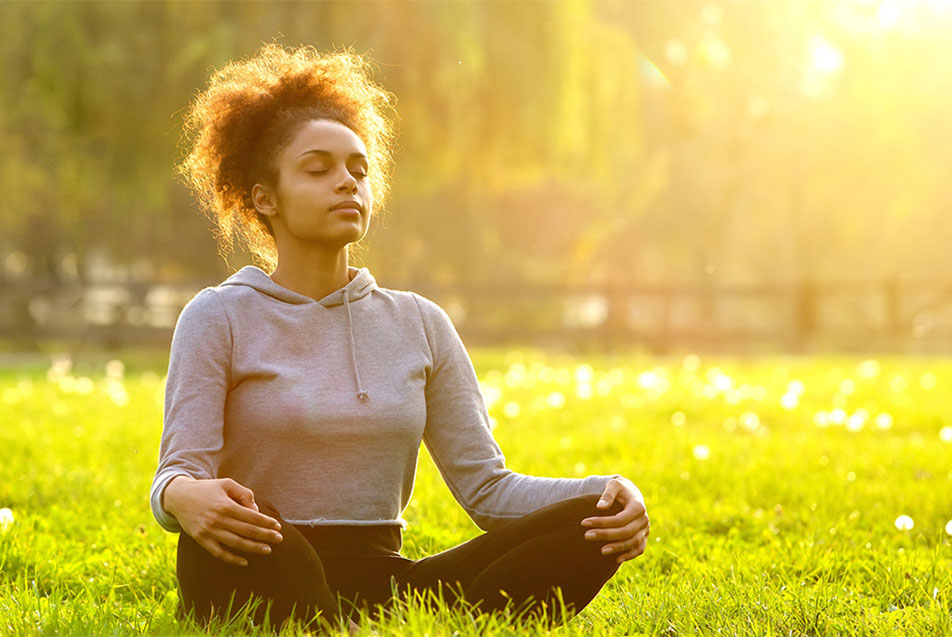How to Meditate? Tips for Developing Your Suitable Meditation Area
How to Meditate? Tips for Developing Your Suitable Meditation Area
Blog Article
How to Meditate: A Detailed Approach to Getting Mindfulness and Calm
Meditation serves as a powerful tool for achieving mindfulness and emotional calm in a hectic world. By understanding the essential principles and strategies entailed in reflection, individuals can cultivate a method that improves their total health.
Recognizing Meditation
Recognizing meditation involves grasping its basic concepts and strategies, which act as the foundation for the technique. At its core, meditation is a psychological workout intended at promoting leisure, constructing inner energy, and creating compassion and insight. The technique motivates people to concentrate their focus, frequently with techniques such as deep breathing, visualization, or mantra repeating.
Reflection can be classified into various designs, consisting of mindfulness, transcendental, and loving-kindness reflection, each with distinct objectives and approaches. Mindfulness reflection highlights present-moment recognition and non-judgmental observation of sensations and ideas, while transcendental reflection entails making use of specific concepts to transcend normal mind. Loving-kindness reflection focuses on developing a perspective of love and empathy towards oneself and others.
No matter of the strategy employed, the key goal continues to be constant: to cultivate a much deeper understanding of the mind and its patterns. This self-awareness promotes psychological durability, clarity of idea, and a profound feeling of tranquility (How to meditate?). By comprehending these principles and strategies, individuals prepared for an effective meditation technique that can substantially enhance their general health
Getting Ready For Your Practice
Prior to starting your meditation method, it is crucial to create an environment helpful to focus and relaxation. Make certain that the location is clean and totally free of clutter, as a neat atmosphere can assist get rid of the mind.
Take into consideration the lighting, as all-natural light can boost your mood and energy. Soft, warm lighting is typically a lot more relaxing than severe fluorescent lights. Furthermore, pick a comfy temperature level, ensuring that you are neither too hot neither also cool.
Including components that advertise peace can further enhance your experience. This could consist of soft paddings or coverings for convenience, along with relaxing fragrances from important oils or incense. It can additionally be helpful to have a timer established for your reflection session to avoid distractions from clock-watching.
Basic Meditation Strategies

Another efficient technique is body scan reflection. This entails emotionally scanning your body from head to toe, observing any locations of stress or discomfort and knowingly relaxing those muscle mass. This technique promotes a deeper connection between your body and mind.

Finally, loving-kindness meditation focuses on growing empathy towards on your own and others. Calmly repeat phrases of goodwill, boosting emotional well-being and interconnectedness. Each of these strategies works as a structure for your reflection journey, allowing you to discover the method that reverberates ideal with your personal method.
Keeping Emphasis and Mindfulness

Developing a dedicated meditation space can enhance the ability to maintain mindfulness. A quiet, uncluttered environment reduces diversions, enabling deeper immersion in the practice. Additionally, setting a time limit can help manage assumptions; starting with much shorter sessions might alleviate the shift into longer practices.
Utilizing strategies such as body scanning or observing experiences can additionally strengthen mindfulness. These techniques motivate specialists to stay existing and involved with their physicality, anchoring their attention in the minute. Normal method is necessary; the brain builds strength with time, producing a stronger ability for focus.
Incorporating Meditation Into Daily Life
Including reflection into life can change routine tasks into chances for mindfulness and self-reflection. By incorporating mindfulness methods into usual tasks, people can grow a greater feeling of presence and tranquility among the busyness of day-to-day life.
Begin by recognizing minutes throughout your day where you can pause and practice mindfulness. Also mundane tasks like cleaning recipes or strolling can become possibilities for reflection by routing your attention to the sensations of movement and the noises bordering you.
Additionally, alloting dedicated times for reflection can reinforce its practice. Begin with brief sessions, slowly enhancing duration as you become more comfy. Use tips or hints-- like a details time of day or a soothing noise-- to develop consistency.
Inevitably, the objective is to weave mindfulness right into the textile of every day life, permitting you to come close to each minute with intention, thereby boosting your overall feeling of well-being and clearness.
Conclusion
In conclusion, reliable reflection requires a quiet atmosphere, a comfy placement, and a focus on the breath. Normal meditation, even in quick sessions, promotes a much deeper connection to the existing moment, ultimately leading to higher calm and mental quality in everyday life.
Reflection can be categorized right into various designs, consisting of mindfulness, transcendental, and loving-kindness meditation, each with check my reference distinctive purposes and techniques. Mindfulness meditation highlights present-moment awareness and non-judgmental observation of ideas and feelings, while copyright entails my explanation the usage of specific rules to go beyond ordinary idea procedures.With your meditation area prepared, it's time to discover various fundamental reflection strategies that can help grow mindfulness and inner tranquility.Consistently preserving emphasis and mindfulness throughout reflection can be challenging, particularly for those new to the technique.Establishing a specialized reflection room can enhance the ability to preserve mindfulness.
Report this page